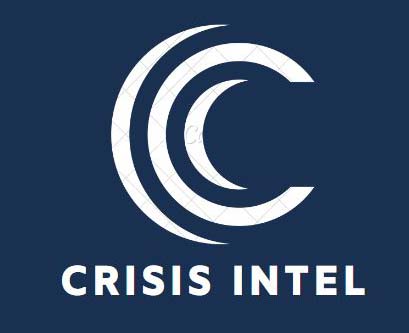Interagency Collaboration
in Homeland Security
Coordination among Government Agencies:
This segment emphasizes the importance of collaboration and information sharing among federal, state, and local government agencies involved in homeland security efforts. Key aspects include:
- Joint Threat Assessments: Discussing the collaborative efforts of agencies to assess threats, share intelligence, and analyze risks to develop a comprehensive understanding of the security landscape.
- Integrated Response Planning: Exploring the coordination of planning efforts among agencies to ensure a cohesive and effective response to emergencies, including the development of unified response protocols and procedures.
- Fusion Centers: Highlighting the role of fusion centers, which serve as hubs for information sharing and collaboration among multiple agencies, to enhance situational awareness and support decision-making.


Multi-Agency Task Forces:
This segment focuses on the establishment of task forces and joint operations to enhance coordination and response capabilities in addressing specific threats or challenges. Key aspects include:
- Specialized Task Forces: Discussing the formation of task forces composed of experts from different agencies to address specific threats such as terrorism, drug trafficking, cybercrime, or human trafficking.
- Cross-Agency Operations: Highlighting joint operations conducted by multiple agencies to investigate, disrupt, and mitigate threats, combining resources, expertise, and authorities.
- Information and Resource Sharing: Emphasizing the importance of sharing information, intelligence, and resources among task force members to facilitate effective collaboration and maximize impact.
Interagency Training and Exercises:
This segment focuses on the organization of joint training exercises and simulations to foster interoperability, improve communication, and strengthen interagency coordination. Key aspects include:
- Scenario-based Training: Discussing the use of realistic scenarios to simulate emergency situations, allowing agencies to practice coordinated responses, test interoperability, and identify areas for improvement.
- Communication and Command Systems Integration: Exploring training programs that emphasize the integration of communication systems, command structures, and information-sharing platforms among agencies for seamless coordination.
- Lessons Learned and After-Action Reviews: Highlighting the importance of conducting after-action reviews following training exercises to assess performance, identify best practices, and implement lessons learned for future operations.

